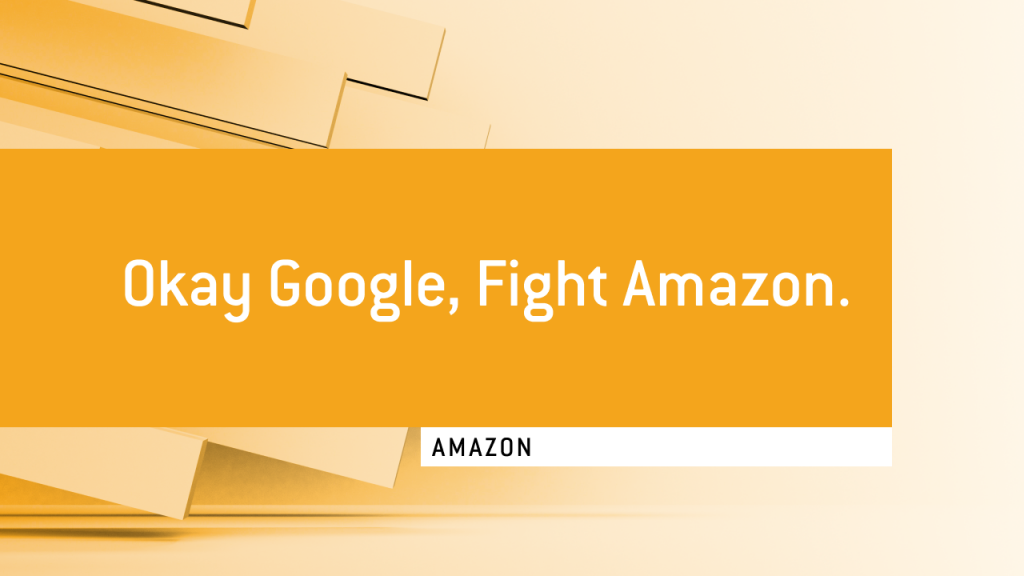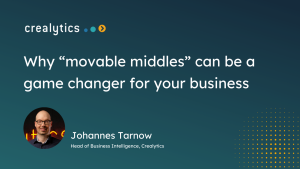While Amazon turns into an advertising company, Google breaks into eCommerce. What started with the Buy button and Google Express has continued on a bigger scale. Just cast your eye on its recent announcement introducing Shopping Actions.
Using search and voice, shoppers can put the products of participating retailers into Google’s universal cart. And then buy them. Without ever leaving the search giant’s real-estate. What’s more, retailers no longer pay Google through a per-click model, but via a commission on each sale.
Frankly, the move isn’t that surprising. Nonetheless, we’ll need to put things in perspective. What does this mean for online retail?
For users, Google removes friction by going from click-out to check out

Google starts with the user in mind. Its search ads try to be helpful across the whole commercial journey, from research to purchase. In the upper funnel, its ad formats like Showcase ads to help them discover what they may want when they enter a very generic search term like “furniture”.
In the lower funnel, Google now brings people closer to get their shopping tasks really done. By going from click-out to checkout, shoppers can now buy from participating retailers across all devices— including voice. A single Google account is enough – no need to enter that credit card information again and again.
As Google puts it:
“Put simply, they [shoppers on Google] want an easier way to get their shopping tasks done.”
For retailers, Google’s offering represents a dilemma. Adopters win sales volume, but run the danger of slowly eroding their brand while turning into logistics partners
Just like working with Amazon, Google’s move triggers a prisoner’s dilemma for retailers. Voice commerce will grow, and Alexa and Amazon’s Dash button lead the way.
It’s hard to imagine a more comfortable shopping experience with less friction. The voice commerce dialog happens through Google – and so does the transaction. Google holds the position of a strong gatekeeper; retailers become increasingly dependent and interchangeable. Buy-Box-like battles will spread from Amazon to Google.
And those who choose to sell on Google will face the same consequences: be cheaper, be faster.
Google will have more data it doesn’t need to share, while gaining a new business model. PPC ad revenues will be replaced with a commission based format
To leverage Google’s user-friendly checkout offering, users must be logged into their Google accounts. This will push up both Google account adoption and login rates, in turn fueling more Google services.
Despite the advantages of being paid directly by its users (and owning the customer dialog), Google wins valuable transaction data. It may use this for programmatic display targeting, similar to Amazon’s Advertising Display Platform.

From a mid-term perspective, adding a commission-based cost-per-sale model will secure Google’s healthy ad margins in the future.
In short, while Amazon grows with CPC and CPM advertising, Google intends to grow by participating in eCommerce transactions.
The two parties that can stop Google

Google faces two antagonists.
The tougher one comes in the form of antitrust authorities. This group will keep a close eye on how it uses its monopoly to scale beyond search. It may prove a tough nut to crack. Will Google get away with convincing courts that tight eCommerce integration into its search and voice assistant products is in consumers’ best interests? The answers will likely differ across continents and countries.
The second question is whether retailers will adopt Google’s offering. After all, it threatens to turn them into pure logistics partners. However, with many distressed retailers fighting to stay in business, the answer is easy to guess.




